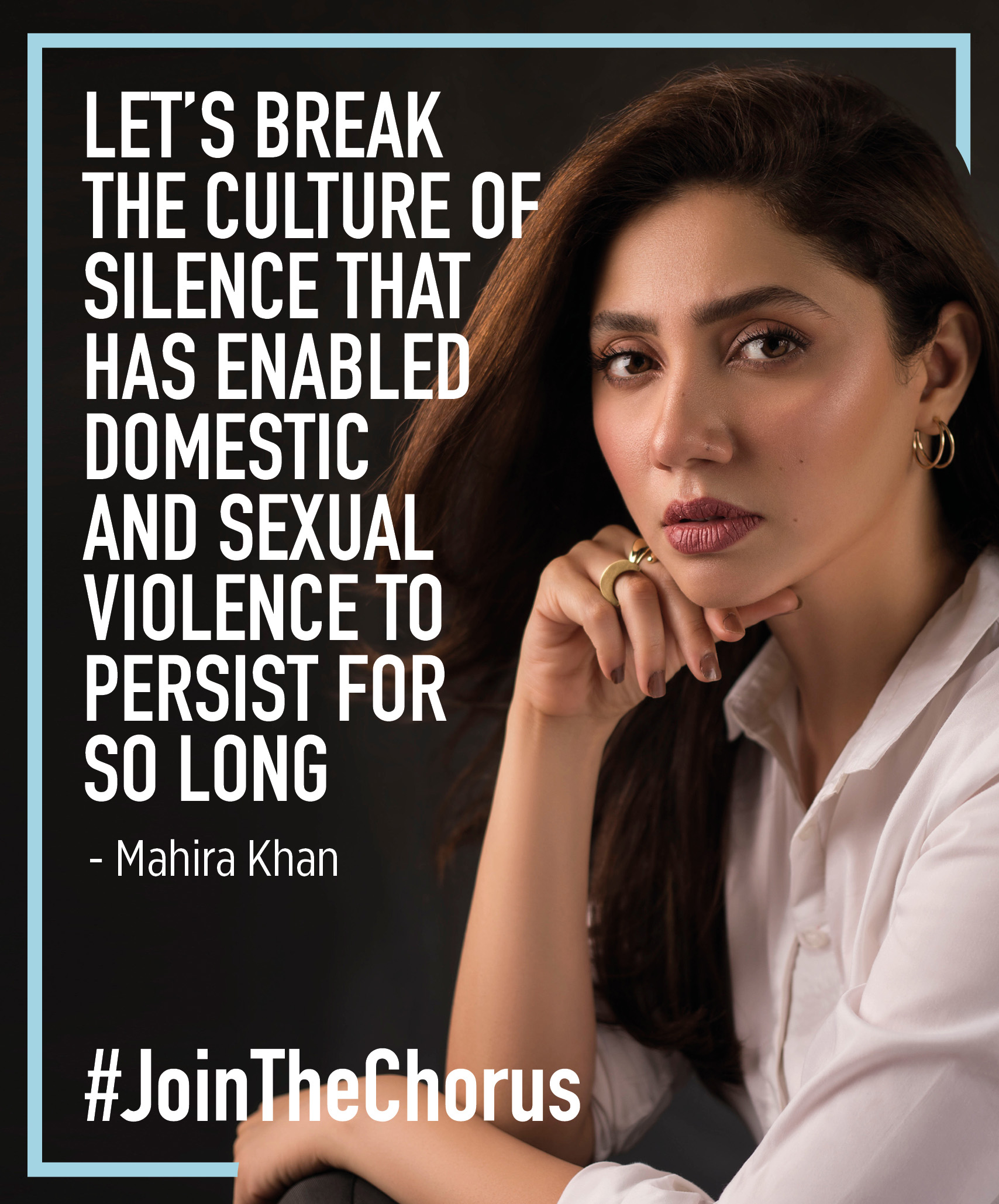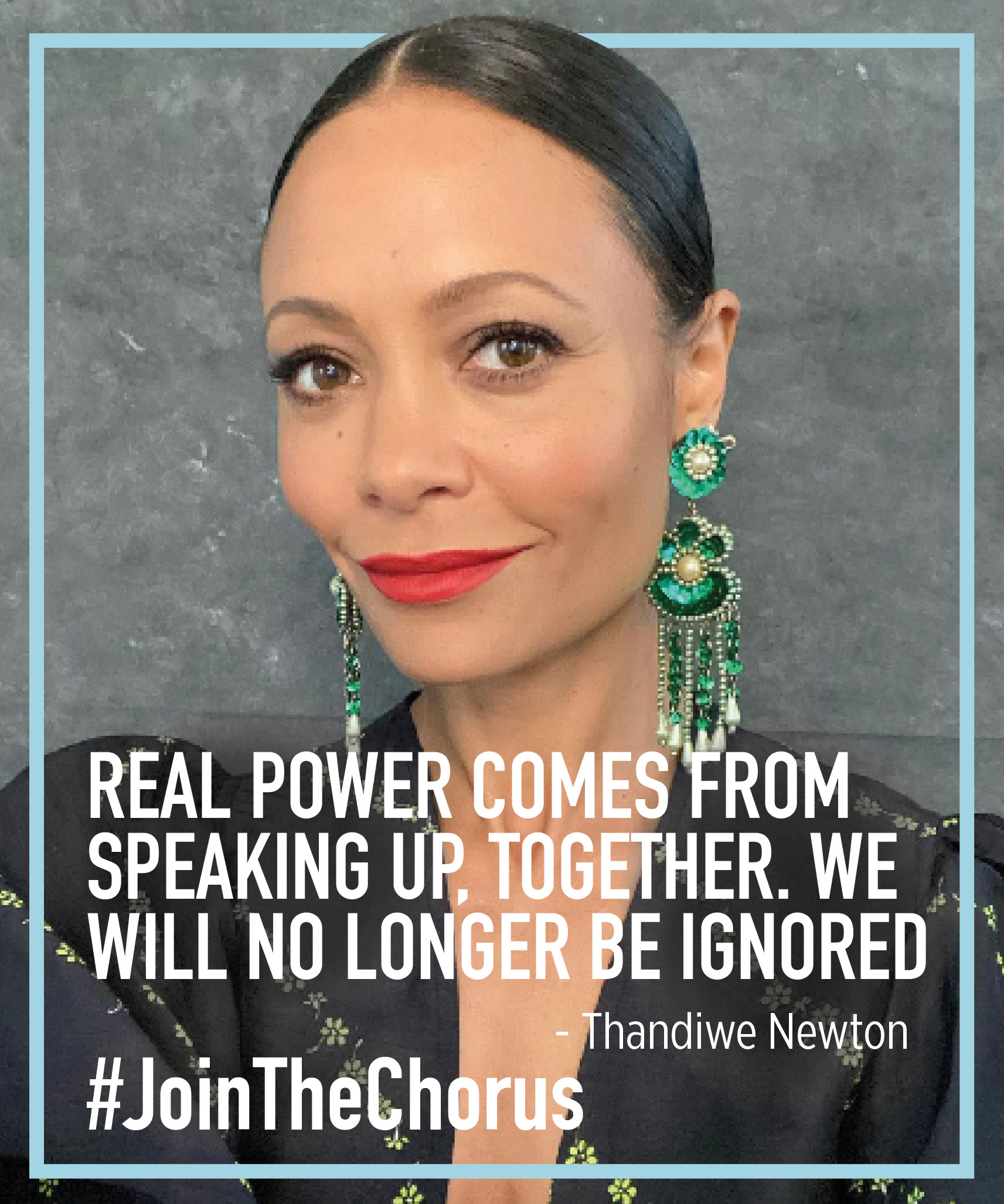The New Approach to Ending Domestic Violence

By Linda Nwoke
Domestic violence is an age-long phenomenon that has persisted worldwide. Yet, it has not significantly received the attention required to change the statistics. Data shows that in the United States, one in three women and one in six men have experienced domestic violence; however, now, there is a newfound public commitment to eradicating it.
A growing movement is rising to challenge the notion that it’s an inevitable part of family life, as a group of speakers, facilitated by Ethnic Media Services, gathered to discuss legislative efforts, judicial reforms, and grassroots mobilization through survivors’ social media campaigns as measures toward ending domestic violence.
Some of the members of the panel featured Angela Davis, an author and activist, alongside California State Senator Susan Rubio, Tina Sweeten of One Woman’s Battle, and Viji Sundaram, a reporter for the San Francisco Public Press and co-founder of Narika, which is also an advocacy group for South Asian American women.
Angela Davis recalled that in the past, such as the 1970s, when she first became aware of domestic violence as a political issue, the critical concern was breaking the silence surrounding the deeply rooted problem that had plagued human societies for centuries. She said, “We learned how to conceal it, often shifting the burden onto the survivors. My work, including “Blues Legacies and Black Feminism,” highlighted the fact that violence in relationships has a long history.”
In her view, although people hope for immediate change, realistically, addressing such issues takes time. The subject remains one of the most prevalent and enduring forms of violence worldwide despite numerous efforts and support centers. The challenge of reducing actual incidents persists.
Angela explained that when she reflects on her childhood, she recalls the feeling of powerlessness in the face of domestic violence. This problem seemed like an impossible natural phenomenon, where escaping the situation was the primary solution. However, questioning the role of violence in human relationships was uncommon. However, today, there is unimaginable progress. She excitedly explained, “Now people are more politically engaged and deeply concerned about climate, war, and racism. This era stands out unlike any other in our country’s history, giving me hope. We’re making progress in addressing domestic violence.”
Legislative Actions
California State Senator Susan Rubio, who is a domestic violence survivor, shared her mission to address the malaise. A project she has been working on since 2018, by making legislative efforts to enhance family safety. She acknowledged the slow progress of the legislature. One of her accomplishments is the Help Act (SB 914), which focuses on supporting domestic violence victims who often end up homeless due to their circumstances. “The bill aims to provide essential resources to victims, especially those with children, who previously faced a difficult choice between leaving an abusive relationship and becoming homeless or enduring abuse. The legislation seeks to address these challenges and improve the support available to victims,” she explained.

The Help Act focuses on survivors, especially when such families have children who didn’t receive priority assistance. At the same time, some endured homelessness for almost a decade before receiving help. In Senator Rubio’s view, the situation is unacceptable, as everyone deserves housing and safety. Organizations receiving state funding for homelessness services must have a gender equity perspective. They are required to develop policies, collect data, and set clear goals to support domestic violence victims and this vulnerable population. The legislation aims to ensure accountability and success in implementing these policies.
The State Senator also authored the Phoenix Act. It was initiated in 2019 and aimed to address the outdated statute of limitations for domestic violence victims, which had remained unchanged for 30 years. The legislation initially sought to extend the window for seeking justice or help from three to 15 years, recognizing the prolonged impact of post-traumatic stress on survivors. She explained, “While the bill ultimately passed with a five-year extension, ongoing efforts are being made to extend it to the initially proposed 15 years.”
There have been several delays in committee hearings. However, there is optimism about achieving the extension in the future. The Senator also explained that recently, the governor signed the Piqui Law after the tragic case involving a five-year-old boy murdered during a custody dispute. It addresses the need for better-informed judges in domestic violence and child custody cases. Piquis Law aims to educate judges on recognizing signs of abuse and understanding the complexities of such situations. “The initiative is critical in preventing tragic outcomes and ensuring informed decision-making in family court,” says Senator Rubio.
Using Social Media and Grassroots Campaign for Change
Research shows that over 10% of a sample of 231 women killed by their intimate male partners had a restraining order against them. One-fifth of the female intimate partner homicide (IPH) victims with a restraining order are murdered within two days, and one-third within a month.
Observers noticed a trend showing an urgent need for reform in the family court system to better protect survivors and their children. The founder of One Mom’s Battle, Tina Swithin, who is a survivor and advocate, shared a harrowing personal journey through domestic violence and post-separation abuse within the family court system.
Due to the severe financial constraints after her separation, she became her attorney, initiating legal proceedings in 2009 from a women’s shelter. Despite successfully obtaining a restraining order, the abuser violated the order and compromised her safety. There was a failure of law enforcement and the family court system to provide adequate protection.
“But within 24 hours of leaving the shelter and returning home, he violated the order and entered the house. His violation had no repercussions, and I learned that I could not depend on law enforcement or the family court system to protect me. I truly believe on the day I received my family court case number,” said Swithin.
Swithin recounts a distressing journey through the family court system, a series of investigations that labeled her ex-husband as a moderate risk yet allowed unsupervised visits with their children. She had to observe courtroom sessions to realize that the system treated cases as mere transactions. The experience prompted a shift in perspective, emphasizing the need for radical acceptance and strategic navigation within a system devoid of empathy and understanding.

She meticulously studied cases like hers and immersed herself in legal processes that paid off. Despite a final custody hearing where the judge recognized the ex-husband’s manipulative tendencies and prohibited further contact, it took six years for the severity of the abuse to be acknowledged.
“But here’s the problem. Family court is the wild, wild West. You can place the same case in front of five different professionals or judges, and you will have five different outcomes,” Swithin stated. “This must change. There is no regulation, consistency, oversight, accountability,” she emphasized.
Swithin considers herself fortunate that her children are safe and has highlighted the systemic flaws that make it difficult to protect kids. She recognized the role her skin color and language fluency played in the case. As well as emphasized the challenges marginalized communities face in navigating the family court system. She has created a resource, a blog called www.onemomsbabble.com, with a global community of 250,000 members. Furthermore, Tina continues to engage in legislative change, actively supporting bills like Kayden’s Law and contributing to the passage of Piqui’s Law in California, aligning with Senator Susan Rubio and Anna Estévez’s efforts.
The Role of the Media in Addressing Domestic Violence
The role of the media in exposing domestic violence issues is salient. Viji Sundaram, a reporter and Narika co-founder, shared a story of Mariam trapped in an abusive arranged marriage. Mariam’s husband exploited her and others by making adult films at home. She narrated how the media brought attention to the injustice and the use of coercive force, revealing the husband’s deceit about his circumstances and Mariam’s escape from a threatening situation.
“I contacted Niharika, the support group for battered women in the Bay area. They hired an attorney, Dan Mayfield, who could prove from all the telephone documents and bills that Maryam had been in constant touch with her ex-husband,” said Sundaram. She recalls that the attorney cleared Maryam’s name within a few months, and she was free.
Sundaram also narrated the story of another woman whose experience of harassment led to thoughts of suicide. Still, she couldn’t seek legal help due to unawareness of Senator Rubio’s bill on domestic violence. The bill, recently signed into law, emphasizes coercive control and aims to educate judges on nuances of domestic violence to ensure better outcomes for victims in court.
“Senator Rubio’s bill has broadened the definition of domestic violence, particularly coercive control. Unlike the traditional view that limits it to physical harm, the bill now encompasses financial and emotional abuse. The expanded definition allows victims to seek help for various forms of abuse, even without concrete proof of physical harm,” she explained.
However, the media must be mindful of careful reporting on domestic violence, especially on the need to avoid revealing details about the abuser due to potential dangers for both victims and reporters. Ultimately, it is necessary to educate and guide victims and survivors on how to break the cycle of violence.





Leave a Reply